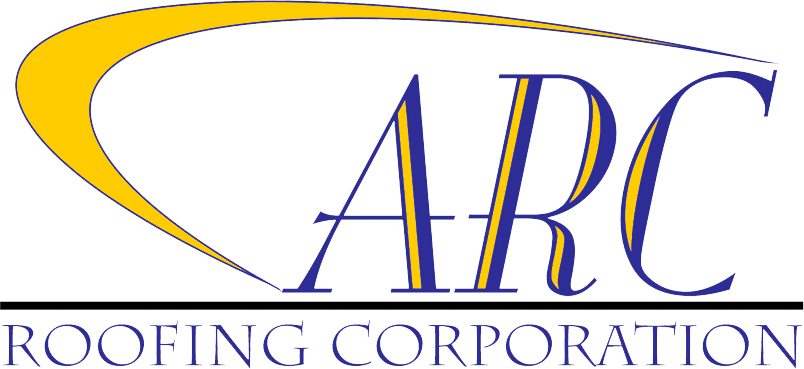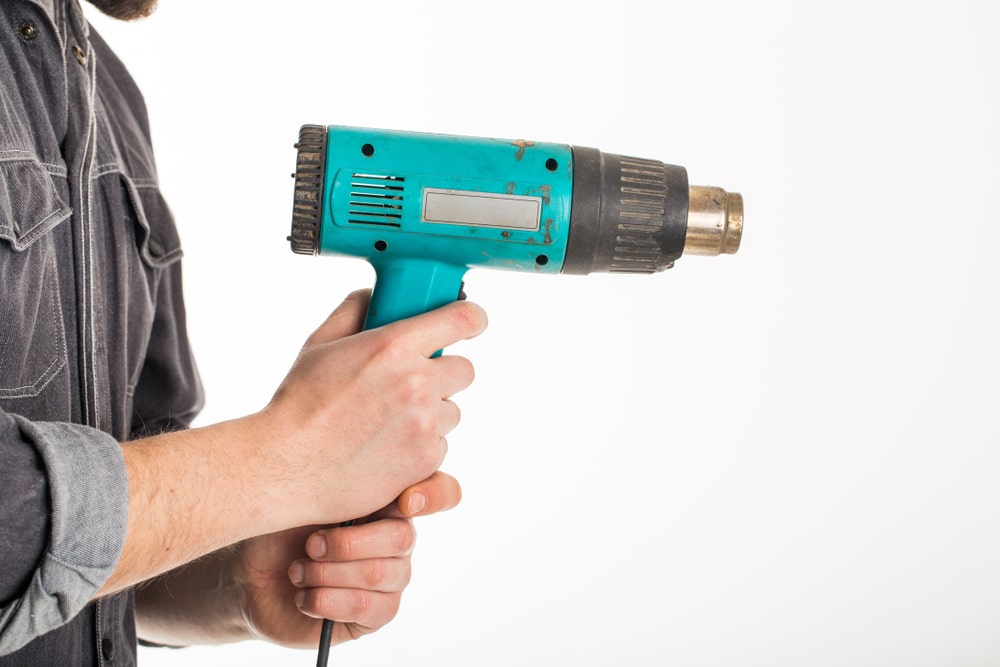Keeping your roof in top condition is essential for any property owner. But after roofing work, you might be left with a sticky situation: roofing tar.
This asphalt-like substance, used for waterproofing, can be a pain to remove from metal surfaces if not tackled correctly. Not only is removing roofing tar important aesthetically, but it’s crucial for maintaining the functionality and lifespan of your roof.
Understanding Roofing Tar and Why It Needs Removal
Roofing tar is a thick, sticky substance derived from coal tar or petroleum. It creates a waterproof seal on roofs, filling cracks and gaps to prevent leaks. Over time, however, tar can accumulate due to over-application or weather exposure.
This buildup is not just unsightly; it can trap moisture, leading to rust and deterioration of the metal. Additionally, excess tar can impede proper water drainage, increasing the risk of leaks.
By removing roofing tar buildup, you can:
- Extend the lifespan of your roof: Removing tar prevents moisture from being trapped against the metal, which can cause rust and early roof failure.
- Maintain proper drainage: A tar-free surface allows water to run off efficiently, reducing the likelihood of leaks.
- Improve the appearance of your roof: A clean roof enhances the overall curb appeal of your property.
Tools and Materials You’ll Need
To remove roofing tar from metal surfaces, gather the following:
- Heat Gun: Softens tar for easier removal.
- Metal Scraper or Putty Knife: Gently removes softened tar.
- Safety Gear: Gloves, eye protection, and sturdy footwear.
- Cleaning Solution:
- Naphtha: Powerful solvent (use with caution and ventilation).
- Krud Kutter: Tar removal product readily available at hardware stores.
- Eucalyptus Oil (natural alternative): Effective on tools and clothing when used with a strong scrubbing cloth.
- Disposable Aluminum Pans: Catch tar scrapings and debris.
Safety Precautions Are Paramount
Removing roofing tar can be risky, involving working at heights and handling potentially slippery materials. Here are some safety measures to follow:
- Use a safety harness: Secure it to a strong anchor point.
- Wear non-slip footwear: Maintain good grip on the roof surface.
- Protect yourself: Wear gloves and eye protection when handling chemicals.
- Work in a well-ventilated area: Avoid inhaling solvent fumes.
- Only work in good weather: Avoid wet, windy, or stormy conditions.
By following these precautions, you can minimize the risks involved in removing roofing tar.
Step-by-Step Guide to Removing Roofing Tar
- Preparation:
- Put on safety gear (gloves, eye protection).
- Lay down aluminum pans to collect tar scrapings.
- Tar Removal:
- Freezing Method: Use compressed air (can upside down) to freeze the tar, then chip it away with a hammer and chisel.
- Heat Method: Use a heat gun cautiously to soften the tar without damaging the metal.
- Cleaning:
- Once the bulk of the tar is removed, use a metal-safe solvent to clean the area thoroughly.
- Cleanup:
- Dispose of all waste materials responsibly.
Here’s a more detailed explanation of the two main methods for removing roofing tar from metal surfaces:
1. Freezing Method:
- Advantages:
- This method can be effective for very hard or brittle tar deposits.
- It minimizes the use of heat, which can be a concern for delicate metals.
- Disadvantages:
- It can be a slower and more labor-intensive process compared to the heat method.
- This method might not be suitable for very cold climates where the air itself is already close to freezing.
- How to Use the Freezing Method:
- Preparation: Ensure you’re wearing your safety gear (gloves, eye protection, sturdy shoes).
- Apply Compressed Air: Hold a can of compressed air upside down and spray directly onto the tar. The propellant in the can rapidly expands and cools, freezing the tar.
- Chip Away the Tar: Once the tar becomes brittle and hard, carefully chip away small pieces using a hammer and chisel. Be very cautious not to damage the underlying metal with forceful strikes.
- Repeat: You might need to repeat steps 2 and 3 for larger or thicker tar deposits.
2. Heat Method:
- Advantages:
- This method can be faster and more efficient than the freezing method, especially for softer tar.
- Disadvantages:
- Heat can damage the metal surface if not used cautiously.
- Overheating the tar can also make it sticky and harder to remove.
- How to Use the Heat Method:
- Preparation: Wear safety gear (gloves, eye protection) and have a fire extinguisher nearby in case of accidents.
- Apply Heat: Use a heat gun on a low setting and move it continuously across the tar, softening it slightly. It’s crucial to avoid concentrating the heat in one spot for too long.
- Scrape Away the Tar: Once the tar softens, use a metal scraper or putty knife to gently remove it. Be careful not to gouge the metal surface.
- Repeat: Repeat steps 2 and 3 until most of the tar is removed.
Important Considerations for Both Methods:
- Regardless of the method used, always work in a well-ventilated area, especially when using solvents for cleaning afterward.
- Start in a small, inconspicuous area to test the chosen method and ensure it doesn’t damage the metal.
- If you’re unsure about your ability to remove the tar safely and effectively, consulting a professional roofer is always the recommended course of action.
Important Tips:
- Be gentle: Avoid aggressive scraping that could damage the metal.
- Patience is key: For stubborn tar deposits, be patient and avoid forceful removal. Consider professional help for very difficult cases.
- Alternative Methods:
- Chemical Solutions (handle with care): Petroleum-based cleaners or citrus degreasers can loosen tar. Avoid environmentally hazardous options like kerosene or gasoline.
Preventing Tar Buildup on Your Roof
- Regular Maintenance: Inspect your roof regularly to identify and address tar buildup early on.
- Cleaning: Regularly clean your roof to remove debris and prevent tar accumulation.
- Proper Drainage: Ensure well-maintained gutters and downspouts to direct water away from the roof and prevent tar pooling.
- High-Quality Materials: Use roofing materials with good tar resistance, as recommended by roofing experts.






